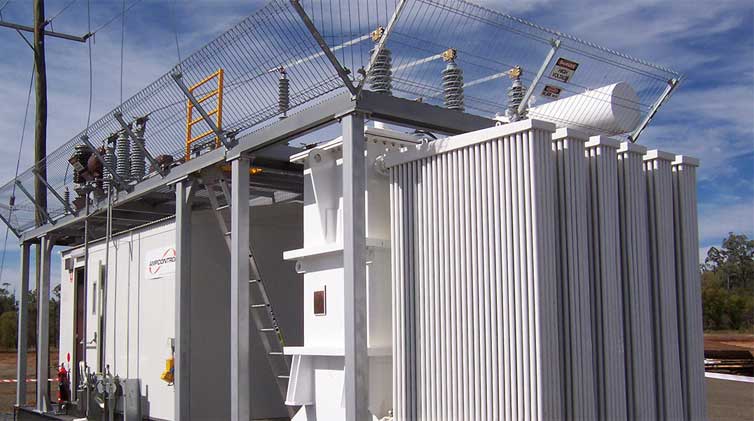What are the characteristics of dry-type oil-immersed transformers?
The dry-type transformer completely changes the outdated conditions of old-fashioned bulky and heavy testing transformers, and can be installed on the high-voltage silicon stack produced in conjunction, providing DC high-voltage test power. It is equipped with a control box (Taiwan), automatic protection micro-ampere-safe table, spark gap, and other supporting equipment. It is particularly suitable for on-site testing, making the heavy workload convenient, fast, simple, flexible, and greatly improving efficiency.
The biggest difference between oil-immersed transformers and dry-type transformers is "oil." Also, because oil is a liquid and has fluidity, oil-immersed transformers must have a shell, and the shell is transformer oil, which is immersed in the transformer coil. The transformer coil cannot be seen from the outside; while dry-type transformers are oil-free and have no shell, so the transformer coil can be directly seen. One characteristic of oil-immersed transformers is that they have oil pillows on top, which store transformer oil, but now new oil-immersed transformers are also produced without oil pillows.
For the convenience of heat dissipation and internal insulation oil flow heat dissipation, oil-immersed transformers are designed with an external heat exchanger, similar to a radiator, while dry-type transformers do not have a heat exchanger. Instead, there is a fan below the transformer coil, which is similar to a household air conditioner.
Due to fire prevention reasons, oil-immersed transformers are usually installed in separate transformer rooms or outdoors, while dry-type transformers must be installed indoors, usually in low-voltage distribution rooms, with low-voltage distribution cabinets installed side by side.
Jump to Content Sections
Leave a Message
You May Also Like
 English
English  français
français  Español
Español  русский
русский  العربية
العربية  tiếng việt
tiếng việt  Malay
Malay  Indonesia
Indonesia  বাঙালি
বাঙালি 

